Star Fox was a watershed moment for console gaming, as hard as it may seem. 3d games had appeared on consoles before but only in a limited capacity. But Star Fox, with its Super FX chip and 15 fps at best was a cut above most of those titles and offered a glimpse of what was to come. Sega, not being ones to be left behind, bought the publishing rights to Silpheed, a sequel to an obscure Japanese PC game. The early press surrounding it was obscene and it seemed like a massive leap over Nintendo’s little shooter. Ultimately it did not live up to the massive hype but is still a solid title overall. But it would serve as an abject lesson in having unrealistic expectations.
Words can’t express how much hype surrounded Silpheed’s impending release. Practically every publication at the time did multi-page spreads detailing all of its features. But more important were the juicy screenshots. Silpheed looked beyond anything else at release and they gave the impression the Sega CD was generating this entire visual splendor in real time. Now most of us were teenagers back then and the game’s press was less technically inclined. The insane buildup did lead to some disappointment but that is not the game’s fault. This is still one of the better shooters for the Sega CD in my opinion.
The first thing you need to know about Silpheed’s visuals is that they are not generated in real time. At least not all of it as that would be impossible and beyond most arcade games of the time. All of the game’s backdrops are prerendered FMV. The only polygons generated by the system are the various smaller enemies and asteroids. The way the two have been combined is actually pretty genius. Collision has been added to certain objects to give the illusion of interactivity and for the most part it works. It makes Silpheed far more immersive than the FMV trash that polluted the system’s library and is pretty engaging.
While it is disappointing it allows the game a level of spectacle we had only dreamed of to that point. The massive fleets of ships, giant planets and tons of debris floating around call to mind many a classic sci-fi TV show. The action is framed in such a way to give the maximum visual impact at all times. Not every level is a slam dunk in this regard as there is plenty of plain empty space. Since every object is composed of flat shaded polygons it also smartly gets around the system’s limited color palette. The main enemies are the only disappointment but that is understandable. The system on its own cannot shift huge amounts of polygons and so their simple design makes sense.
Since this is a CD game you would expect the soundtrack to match the visuals. However the music is largely forgettable. It is epic and rousing at times but it largely stays in the background. Cutscenes are actually few in number which is a little disappointing. Where Silpheed does make use of its additional space is voiced dialogue. Every level is peppered with radio chatter that adds to the atmosphere. I love it; as cute as the Star Fox warbles are its no substitute for real voice acting.
I’m a bit torn on the weapons system. Between levels you outfit your ship with weapons for each side as well as an option. Your choices are a bit limited; there’s the standard forward beam, wide shot, two-way phalanx beam, and auto aiming. Most of the weapons are heavily tilted toward covering a wide range but are weak. Even worse, unless you’ve played a stage before you don’t know what to expect. It is easy to make a bad choice and end up royally screwed. The different options can make up for it somewhat but their energy is limited.
Fans of Axelay and Raystorm will recognize the game’s viewpoint. The oblique camera is tilted at an angle with enemies streaming in from all sides. Unlike those two titles it doesn’t work quite as well here. Due to the viewpoint dodging enemy fire and lining up shots is tough. Enemy waves are frequent, giving you little time to line up your shots. While the streaming backgrounds look nice there isn’t always a clear delineation between debris and harmless objects. The cheap hits come fast and often unfortunately. Usually in most games these items are clearly highlighted, Silpheed would have benefited from that tremendously.
There is a steep difficulty curve that only gets worse as the game progresses. Most of the time you’ll take hits without even realizing It because of the camera. Initially shield restoring items appear at regular intervals. But by the midpoint you’ll be lucky if they show up even once. The game restores your shields between levels based on your score which can be rough. With only a few lives and limited continues this will take a few days if not more than a week. This is especially true as it is pretty long at twelve levels. But the high production values play a large role in enticing you to come back.
In Closing
Silpheed has a few rough edges but is still a good game overall. I can understand the comparisons to Star Fox but aside from their surface similarities they are too stylistically different. Its dirt cheap and is one of the better Sega CD games overall in my opinion.
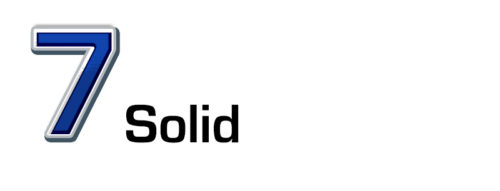

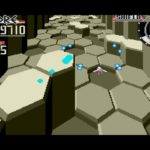
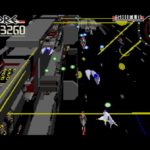
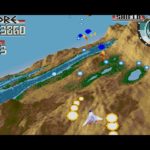
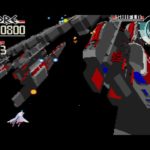
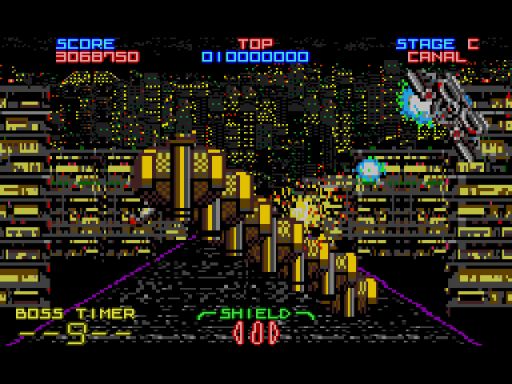
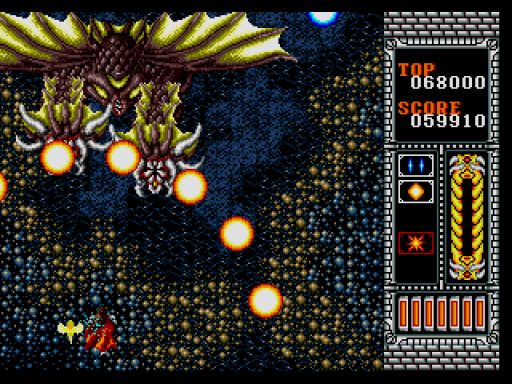
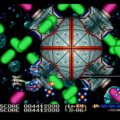
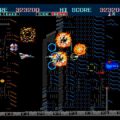
One thought on “Silpheed”